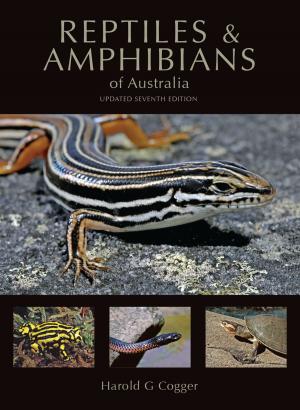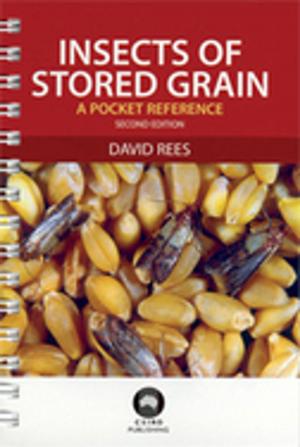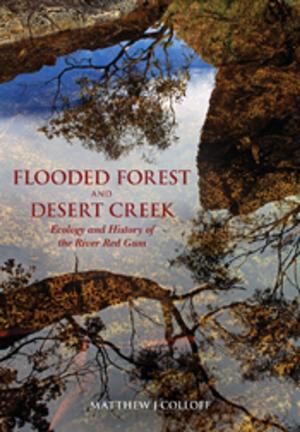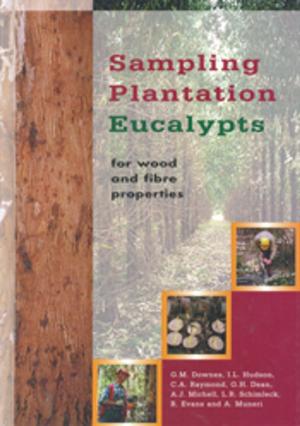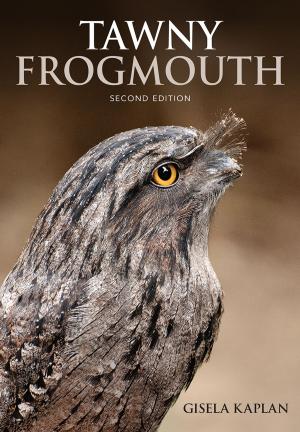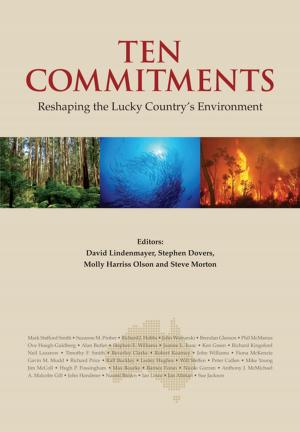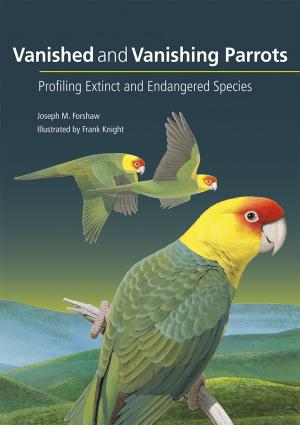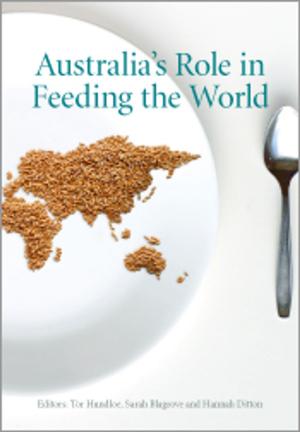Australian Soil Fertility Manual
Nonfiction, Science & Nature, Technology, Nature, Business & Finance| Author: | ISBN: | 9780643102415 | |
| Publisher: | CSIRO PUBLISHING | Publication: | September 26, 2006 |
| Imprint: | CSIRO PUBLISHING | Language: | English |
| Author: | |
| ISBN: | 9780643102415 |
| Publisher: | CSIRO PUBLISHING |
| Publication: | September 26, 2006 |
| Imprint: | CSIRO PUBLISHING |
| Language: | English |
The Australian Soil Fertility Manual is a trusted guide to the safe use and handling of fertilizers. It describes the types of agricultural soils, how they are classified and the interaction of soil, water and nutrients. It also provides an insight into how plants utilise nutrients and the role that individual nutrients play in the process of plant growth. This edition has been revised to reflect an increased emphasis on the environmental fate of nutrients and appropriate management strategies. It also has additional information on soil physical, chemical, and biological properties and discussions on the use of lime, dolomite and gypsum. New content covers liming effectiveness, nitrogen water use efficiency, regulations for handling and using fertilizers, storage and transport of security sensitive ammonium nitrate, budgeting for profitable nitrogen use and best management practice for nitrogen and phosphorus fertilizers. The chapters on potassium; calcium, magnesium and sulfur; plant nutrients and the environment; and heavy metal in fertilizers and agriculture have all been extensively revised and rewritten. This important work will be an essential text for fertilizer dealers, extension workers, consultants, teachers, farmers, horticulturists, graziers and others concerned with the profitable and environmentally safe use of plant nutrients.
The Australian Soil Fertility Manual is a trusted guide to the safe use and handling of fertilizers. It describes the types of agricultural soils, how they are classified and the interaction of soil, water and nutrients. It also provides an insight into how plants utilise nutrients and the role that individual nutrients play in the process of plant growth. This edition has been revised to reflect an increased emphasis on the environmental fate of nutrients and appropriate management strategies. It also has additional information on soil physical, chemical, and biological properties and discussions on the use of lime, dolomite and gypsum. New content covers liming effectiveness, nitrogen water use efficiency, regulations for handling and using fertilizers, storage and transport of security sensitive ammonium nitrate, budgeting for profitable nitrogen use and best management practice for nitrogen and phosphorus fertilizers. The chapters on potassium; calcium, magnesium and sulfur; plant nutrients and the environment; and heavy metal in fertilizers and agriculture have all been extensively revised and rewritten. This important work will be an essential text for fertilizer dealers, extension workers, consultants, teachers, farmers, horticulturists, graziers and others concerned with the profitable and environmentally safe use of plant nutrients.




